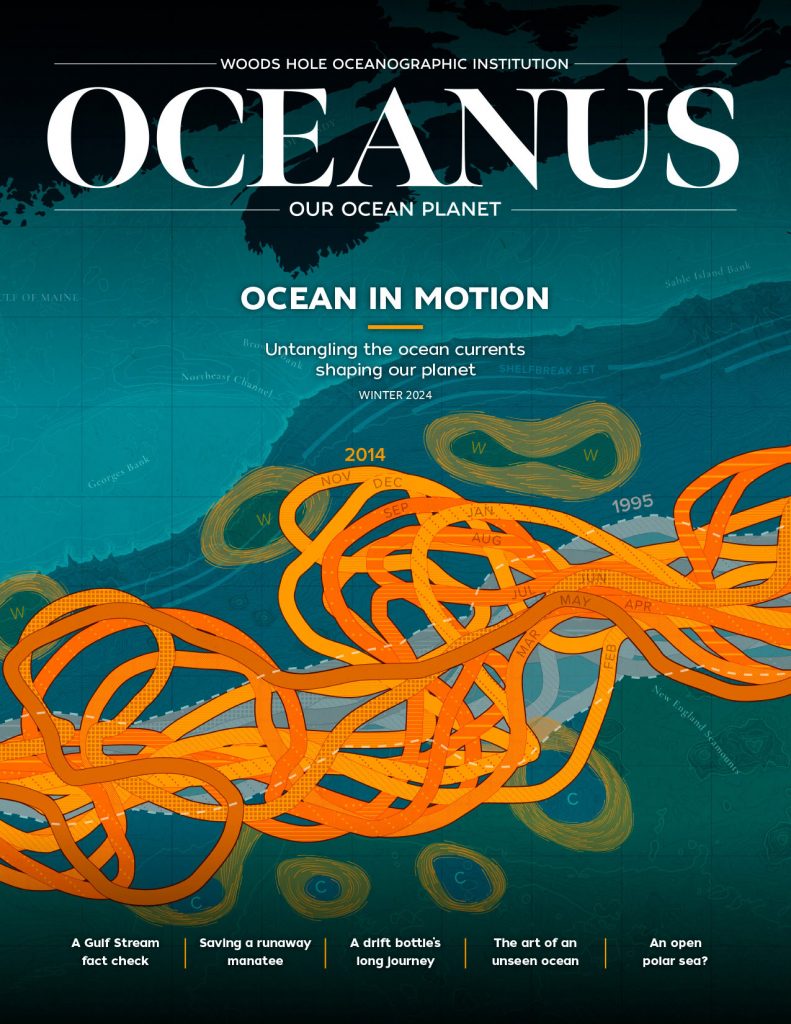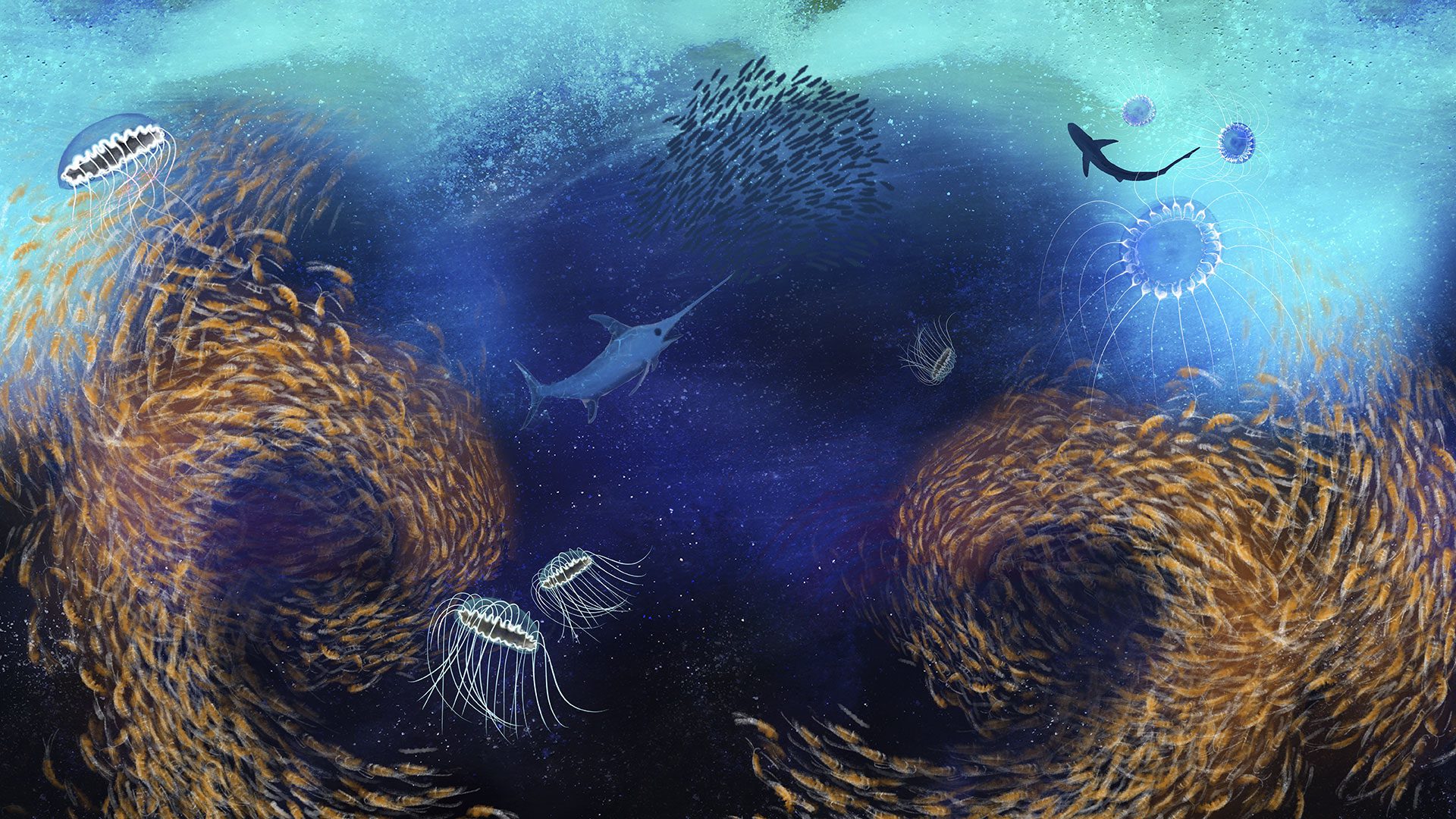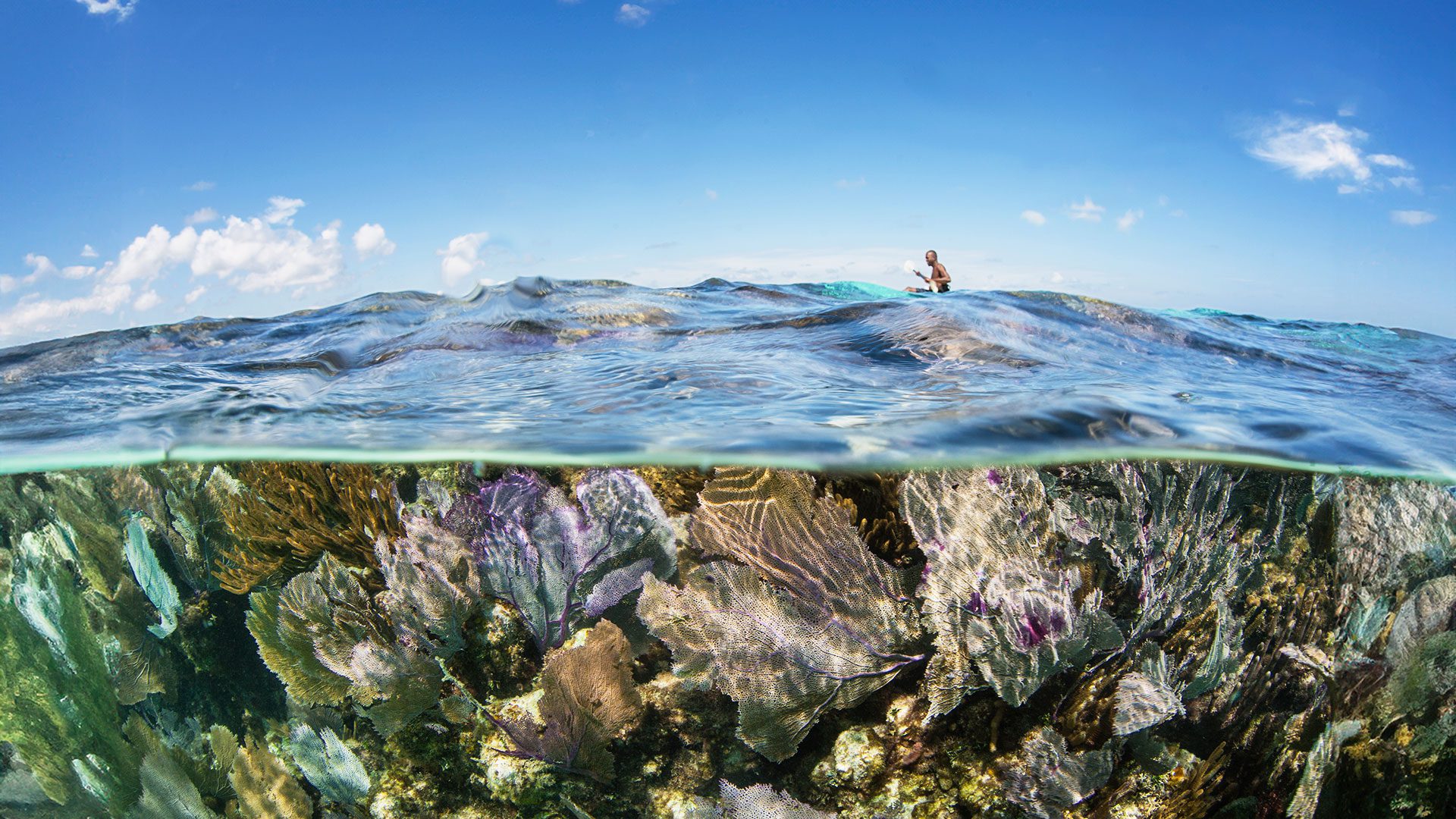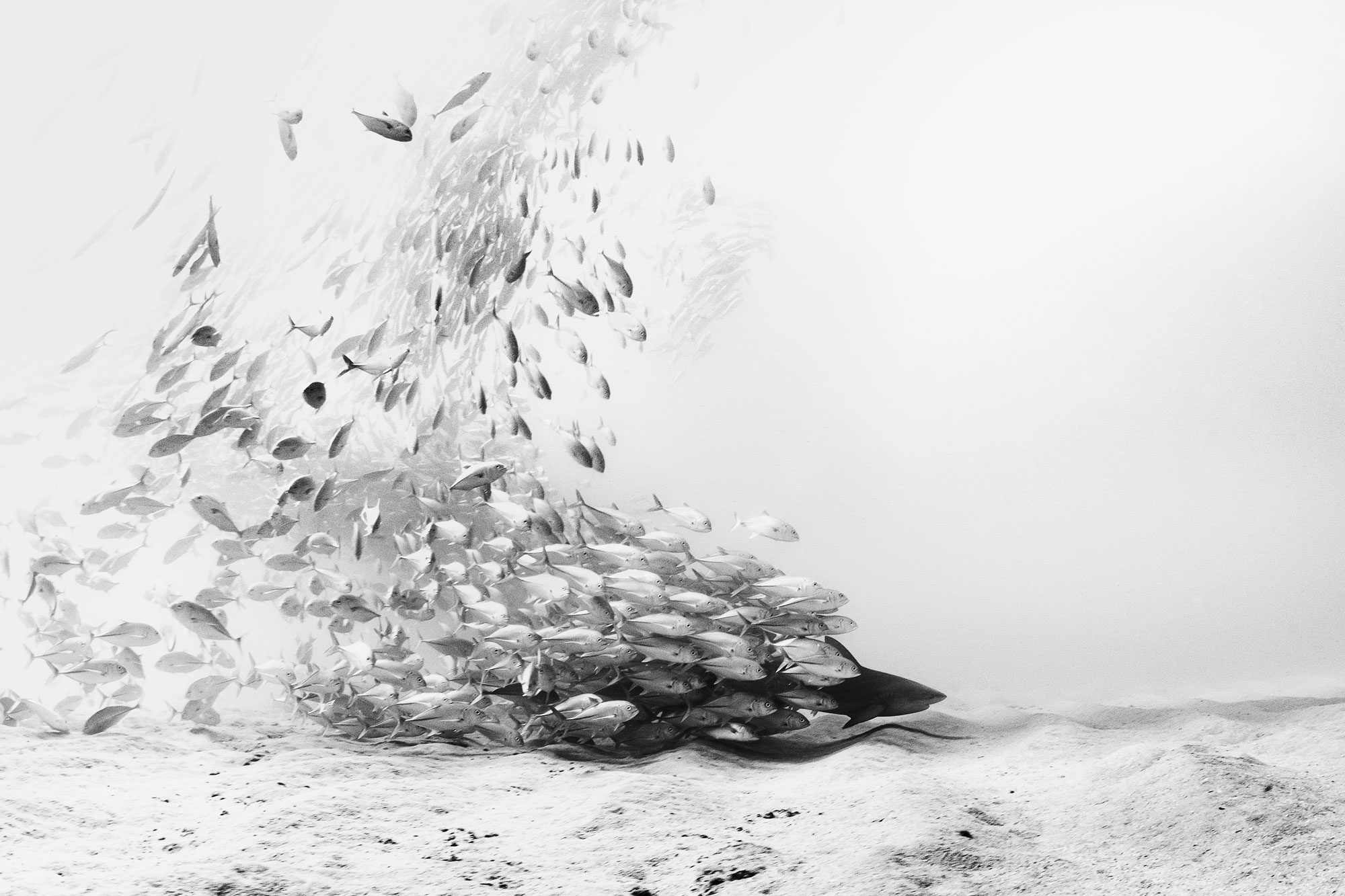An economist’s quest to “reel in” illegal fishing
WHOI’s Yaqin Liu explains the challenges and opportunities of safeguarding global fisheries

Estimated reading time: 2 minutes
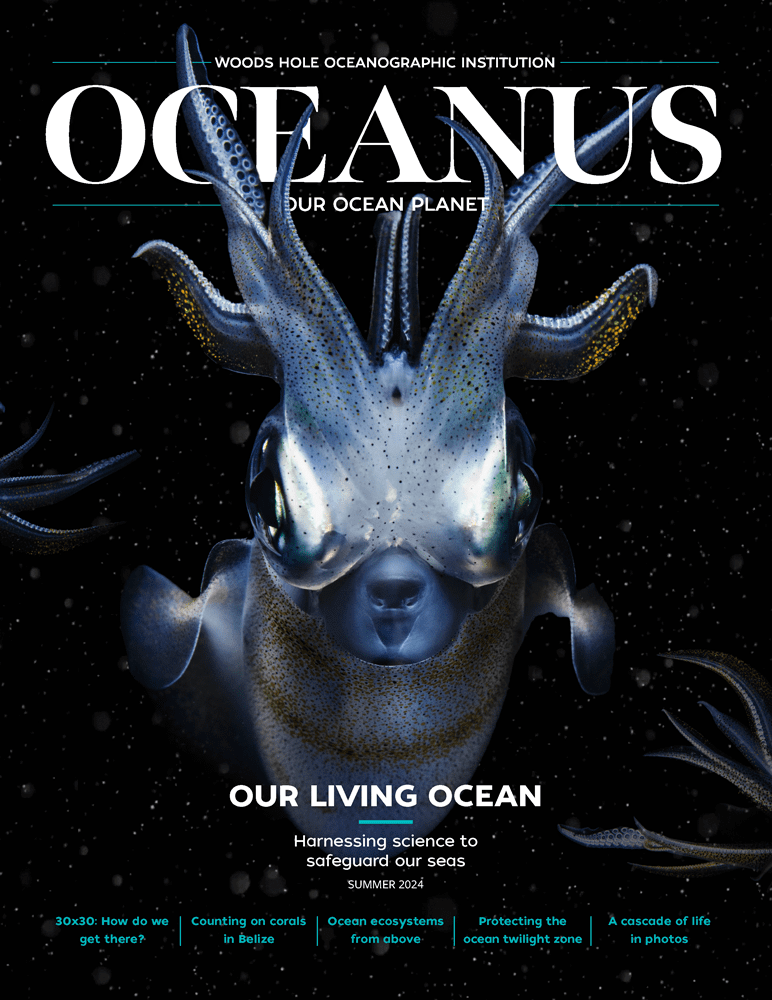 This article printed in Oceanus Summer 2024
This article printed in Oceanus Summer 2024
I grew up in an extremely rural village in Hubei, China—a community filled with traditional Chinese culture and natural beauty. In college, I became fascinated with environmental economics and was inspired to study human behavior at the intersection of economic development and environmental conservation. I didn’t know much about the ocean at the time, but I knew I was passionate about sustainability. The problems I wanted to solve hung on a single question: what can we do today to provide for the generations of tomorrow? By the time I got to WHOI, it quickly became clear to me that illegal fishing was the problem that needed solving.
It’s estimated that nearly 20% of all global fishing harvests are done illegally, accounting for one in every five fish we eat—a nearly $23 billion industry on the black market. Perpetrators exist all over the globe, often dipping illicit hooks and nets in remote areas where they know policing is scarce.
Some organizations have tried to address the issue using satellite data. One non-profit, Global Fishing Watch, established the first live map of fishing activity, which tracked vessels using a collision prevention tool called the Automatic Information System or AIS (a kind of GPS transponder). At first, it seemed like a promising way to identify illegal activity. If bad actors wanted to fish in marine protected areas or use unsanctioned gear, they would turn off their transponder, falling off radar, only to reappear in a different spot hours later. We call these “dark vessels.” But this kind of satellite monitoring has its limitations. With this information, local stakeholders can only be reactive to illegal fishing, not proactive—at best, sending local coast guard units to chase them down like getaway cars on a highway. Most vessels evade capture.
Thankfully new technology may be providing us with an opportunity to turn the tide on illegal fishing. At WHOI, I’m working with an interdisciplinary team to gather data on the radio frequencies produced by vessel engines. By pairing this and the established satellite data with machine learning, we can train an AI bot to home in on vessels and continue tracking them even after they’ve gone dark. In time, I envision an autonomous monitoring system that could notify coastal authorities of suspected illegal fishing before these boats have fled the scene. If it works, such technology could help us finally address this epidemic in earnest. But we have to act fast.
Illegal fishing stands to compromise any global marine resource agreement we make. The truth is, you can set up marine protected areas wherever you want, but without enforcement, these refuges are just lines on paper.
Segments of this profile have been adapted from our #HumansofWHOI series
